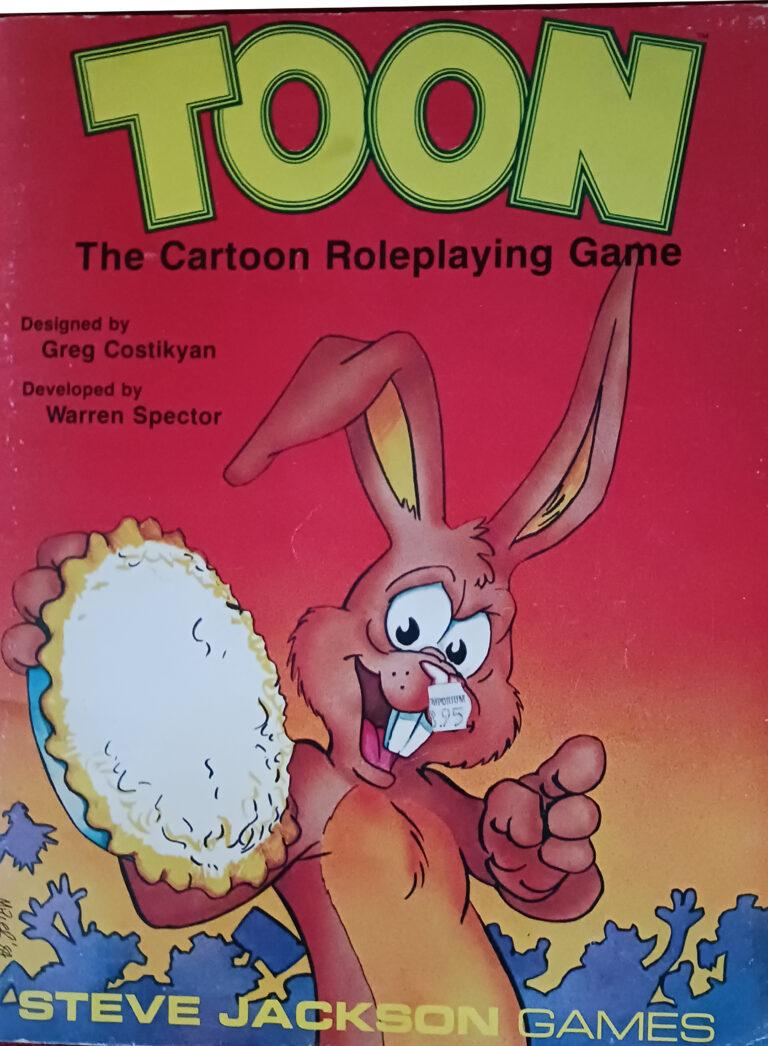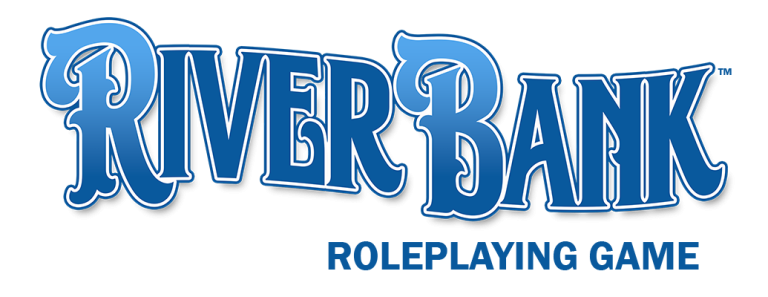by guest author, Mat “Role Play Chat” Copelli
When we play a tabletop roleplaying game, we are actively immersing ourselves into a different world or setting or place trying to embody a character that’s taking part in a collaborative adventure. We each have our own level of preference to how actively we are “putting on the skin of our character” and to each their own fun! However, when running a game in person, it doesn’t hurt to lean into the things that in person play has to offer, and one of those things is physical handouts. I’m of the opinion that regardless of your playstyle or preferences, adding handouts only serve to benefit player immersion and can simplify the game. So let’s talk about it! In the post below, we will cover:
- What a handout is,
- List out some examples of handouts I’ve used in my games,
- Talk about some of the benefits and the pitfalls of handouts, and
- Cover some of the elements I consider important for making handouts fun for a party.
Definition: A Handout
In the context of a table-top RPG (and for the purposes of this article), we shall consider a handout to be something physical that a Game Master provides to their players. Simple enough right? In addition, a handout should be something that doesn’t need a description or an explanation because the handout should speak for itself. Handouts technically aren’t restricted to physical games, as you can provide players with digital handouts, but for today we will stick to physical handouts, notably in an in-person game. Generally speaking, I believe handouts fall into two categories:
- Player Handouts; Things a GM gives to a player to facilitate their understanding of the game, the game’s rules, or other elements of play.
- Character Handouts; Things a GM gives to a player to represent a physical object that the characters of the adventure acquire, see, can manipulate, etc.
To help illustrate this, here are some examples of what I consider to be a handout.
| Player Handouts | Character Handouts |
| Item cards Combat mechanics cheat sheet Status effect cheat sheet (or other rules overviews) A photo of an NPC a game summary NPC relationship tree | Written letters, scrolls or notes Map fragments Potion bottles filled with food coloured water Wanted poster or other billboard notices A Tavern menu Tarot Cards (Deck of many things?) Ledger of transactions The bad’s (encoded) journal |
In some instances handouts can bleed into both these categories but let’s not dwell on that.
The benefits and the pitfalls of handouts
Using handouts can really bring a lot of benefits to a game. If you are using them correctly (more on that later) handouts can bring out some wonderful experiences that are hard to achieve otherwise.
In the case of Player Handouts, they will ease a players’ understanding of a game by simplifying something that would otherwise be complex and difficult to understand. Increasing players’ level of understanding empowers them to feel more confident in the game and spent more time focusing on other things. Arguably the fun things! For instance, they now can focus on developing or discovering system synergies, optimizing powers and abilities, they can spend more time thinking about the adventure at hand, they are freed up to start taking notes, roleplaying, etc.
On the other hand, Character Handouts are one of the best ways to physically engage the people at the table and immerse them into the world of your game. Doing so engages their senses in a way that can’t be achieved through verbal descriptions alone. Feeling the fragility of a worn treasure map or smelling the wine being served at the dinner party transports your players into the skin of their characters. That moment when you table looks at you in awe because the potion seller literally shows them the three kinds of potions they have in stock today and encourages them to give the green one a smell is a really really satisfying feeling.
Despite these wonderful perks, handouts also have some drawbacks you should consider. Foremost, handouts can be time consuming to create. This is especially true for the more elaborate kinds, things that require crafting, painting, etc. In order to combat this, consider how much the handout will bring to your game. I am a big fan of adding lots of details, but I do this because I find it fun. A printed document with no flourish is better than nothing, so if you’re short for time, don’t hesitate to use content you find on Pinterest or through a content creator’s Patreon. Another thing to keep in mind about handouts, is that players will forget they have them. This is especially problematic if critical components of the game’s narrative are hidden within it. (Something I don’t recommend doing!) Lastly, handouts can become cumbersome if used too regularly. Be sure that your handouts have purpose, let’s dig into that in the next section of this article.
Important elements to consider when prepping a Handout
Handouts are awesome because if done right they can hit on many of the benefits outlined in the paragraphs above. But they don’t do all those great things by default. When contemplating your next handout, you should consider what to include in the handout to maximize the handout’s additions to your game. This will be derived by the handout’s purpose, so sorting that out is the first thing you should do. Ask yourself: What am I trying to accomplish by using a handout here?
- In general the purpose of a Player Handout is to summarize something or give an overview. In that case your handout should be concise and handy.
- On the converse Character Handouts can be for exposition, immersion, engagement, pacing, etc.
Generally speaking, a few major things you’ll always want to strive for when making a handout regardless of the handout type include:
- The Handout should be easy to use (for its intended purpose). Things like size, room for notes, durability, etc. fall into this. One thing I like to do for player handouts is to laminate them so that my players can use dry-erase markers to mark them up.
- It should be legible and clear. Even if the handout is meant to be a puzzle, you want the players to be able to read and understand the contents of the puzzle. Flourish is nice, but it should never be at the expense of comprehension.
- Be relevant for as long as possible. I’m often guilty of making a cool letter or a note for my party to find that serves only as a vehicle for exposition. To increase the longevity of a handout consider including a puzzle within it, like a small coded message at the bottom of a letter or make a map that captures areas the party hasn’t yet travelled to.
- Make them immersive by adding small details or seeding content. For instance, a small ledger that is bound with a cardboard cover and contains a hand-written list of ingredients noted in the margins is way more fun to receive than a sheet of printer paper enumerating the same entries. Similarly, a breakdown of rules is more enjoyable if it’s presented in a flow chart or a table!
- How can you make this handout touch on as many senses as possible? Make the handout in a way that it not only is a physical representation of an object, but make it play on the players’ senses. Consider adding elements that need to be manipulated (like opening a sealed letter) or making a handout that can be tasted/smelled.
- Does including a handout now ADD to the game? This is personal but for me, I try not to overdo it with the handouts. One every three or four sessions is the pace I strive for, but I don’t force it! Do what feels right for your table.
When all is said and done, handouts make for a fun and engaging way to breathe new life into a game by introducing a physical element to your game. They can be used to assist players understand the game systems or can be used to help bridge the gap between player and character. Regardless of what kinds of handouts you choose to make, I hope this article has convinced you to give it a go.
Much love and happy gaming!





